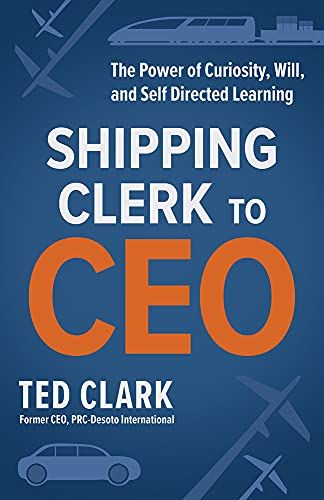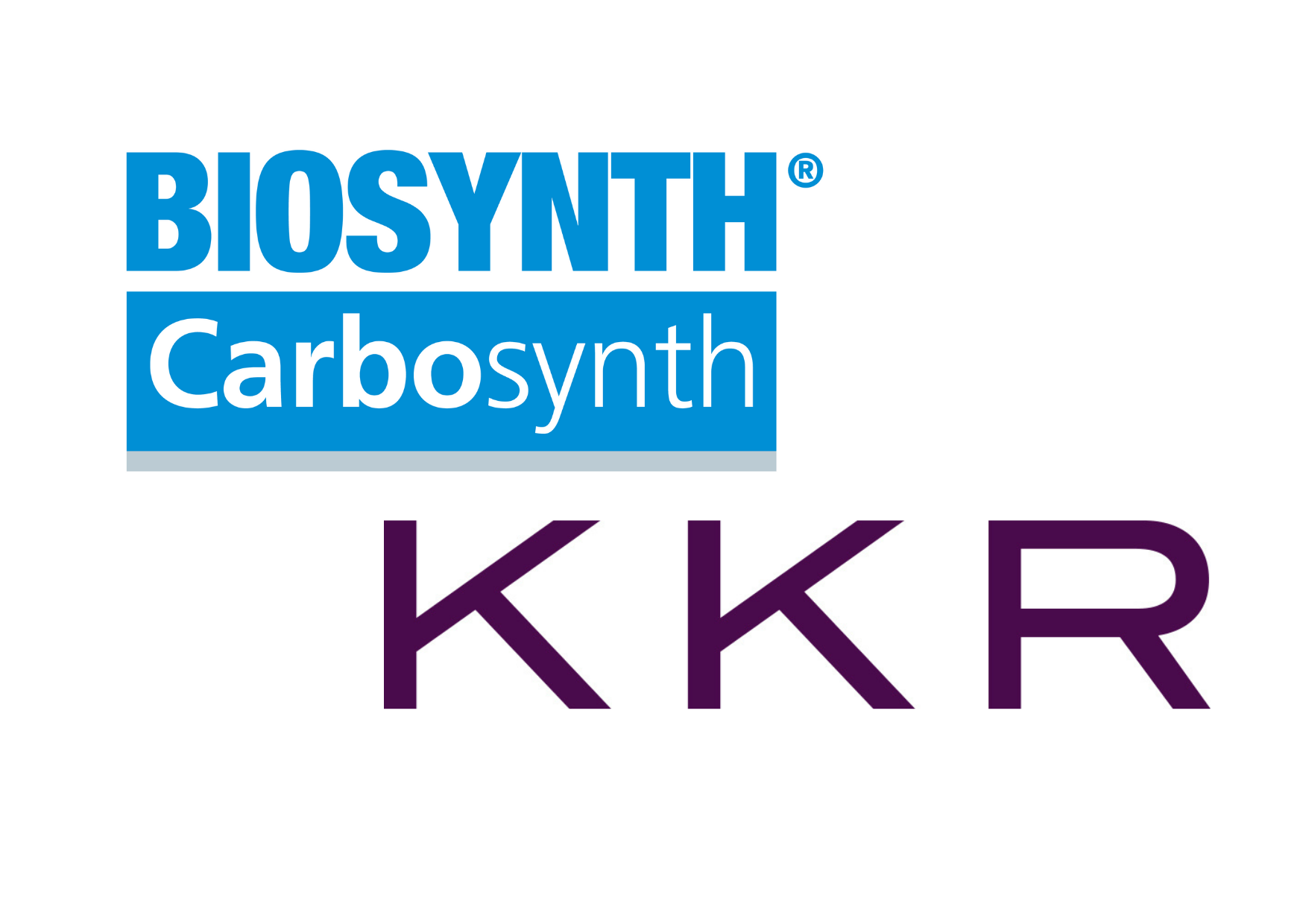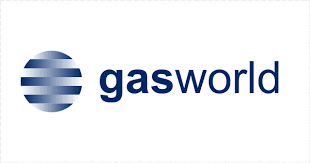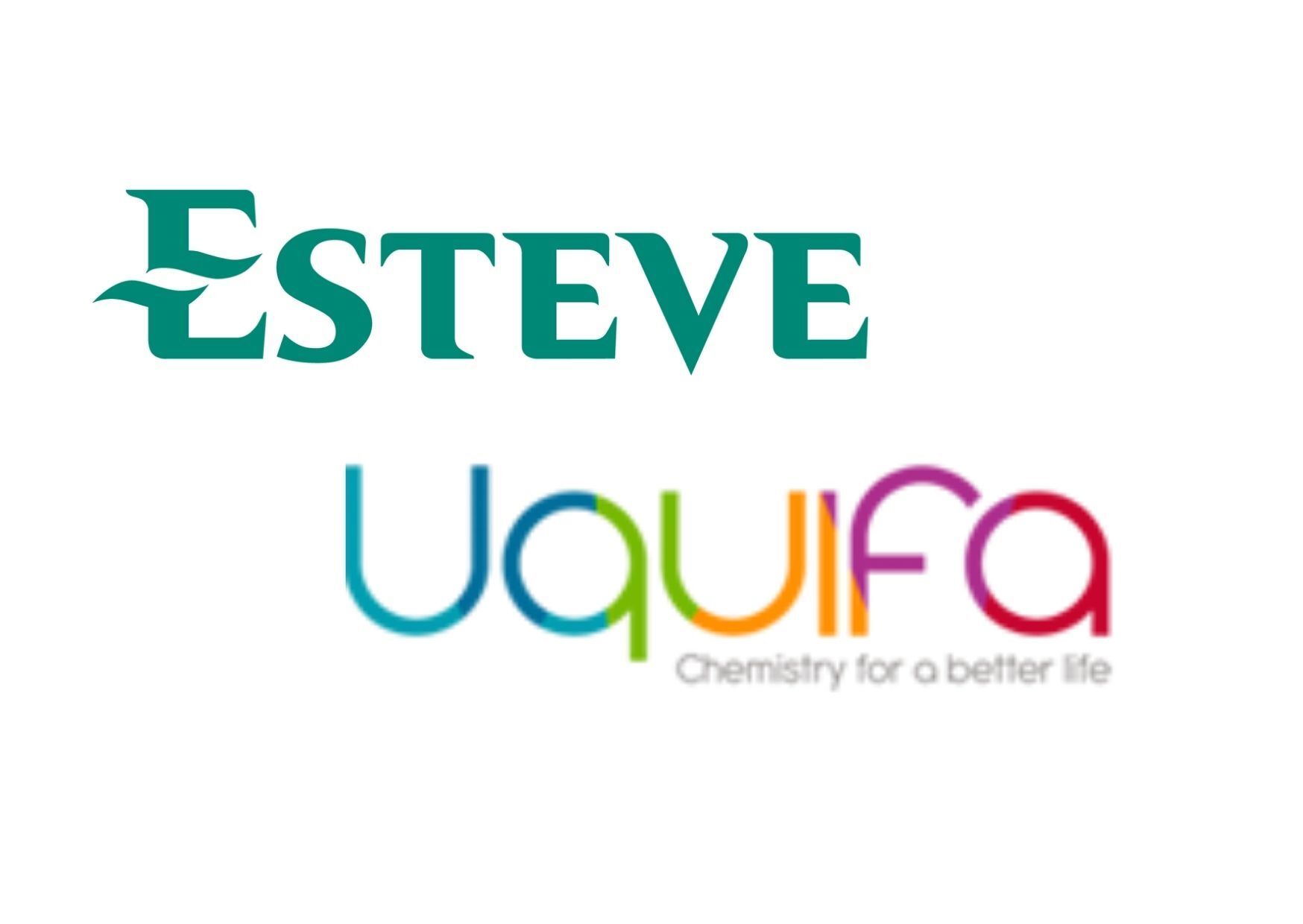How to respond to an unsolicited buyer approach – and eight steps to prevent chipping
What should you do if approached by a potential buyer offering at or above market terms and promising a quick, friendly, and discreet process? Unsolicited approaches can sound too good to ignore, and some prove successful, so is it a risk worth taking?
You are the private owner of a profitable chemicals or life sciences company. A company or investor you already know (or at least have heard of) has come forward and expressed an interest in buying your business. They are offering above market pricing and hinting at “synergy value”. They have said there is a clear rationale for acquiring your business and would like to “explore further”, initially by exchanging some basic information. Is there any reason not to engage, what could go wrong by starting a conversation?
First, being approached is a great sign as it indicates that your business is prima facie attractive to acquirers. It also means this prospective acquirer has identified your business as (potentially) being right for them. Lastly, they found you, which is a direct saving of the time, effort, and expense that pro-actively approaching the market yourself might require.
However, unless business owners respond in the right way and take risk mitigation steps, this “saving” is nearly always a false economy that can end up costing millions.
What are the potential costs?
Price terms and chipping
The greatest risk you run as a seller entertaining a single offer comes from the loss of negotiation power which can lead to significant reductions in the price and terms. Buyers are usually bigger than you, can afford to approach multiple targets at once, and incur relatively modest costs reviewing your information. You, on the other hand, are smaller, will have to spend months of man-time compiling information that you don’t normally produce, and your only other option might be to walk away. It is no surprise that buyers often have the upper hand in these situations.
There is normally talk of agreeing headline terms and setting out a timeline, which culminates in a 2-4 page “heads of terms” document setting out the proposed deal. This is typically the same (or a little worse) than the original verbal offer and there will invariably be some quite woolly language about due diligence. At this point exclusivity is very likely to be requested by the buyer, both sides hire lawyers and other advisors and start incurring more serious costs.
The further a seller follows this path the more power the buyer has. Buyers that were initially friendly and reasonable can increasingly seek to reduce the initial terms or “re-interpret” the deal. I have seen cases where the final price has dropped by more than 40% from initial indications and the seller has still accepted, pointing to the amount of time and effort already expended and the reasoning that “any other buyer would make the same adjustments”.
Unrealised potential
In short, it is extremely unlikely that the one pro-active buyer that approaches you is the only one that can see, and is willing to pay for, the maximum strategic potential your business represents. If sold in the right way with the right preparation, private business owners can see values far in excess of the sector average or “fair market” value.
To give this topic the attention it deserves will take a separate dedicated article (or book!). So for now, I will simply try to focus on methods to mitigate price and term chipping, rather than the broader challenge of value maximisation (although inevitably there is some overlap).
Respond on your terms
The ideal way to respond to an unsolicited approach depends on your objectives and frame of mind:
If you have no urgent intention to sell , don’t immediately turn buyers away, they and the information they provide might be extremely valuable to you in the future. You should try to find out why they are interested, their strategic rationale, and their timing. When potential buyers approach, enquire and record in order to build friendly arm’s length touching points for the future.
If you are seriously considering sale options but are unsure , do not be tempted further down the ‘rabbit hole’ of providing them more and more data. Instead, you should take some time to step back and analyse your business’s full potential and the strategic options open to you. I won’t dwell on this point too much (see above re unrealised potential), but typically this process will conclude that either you should a) continue as you are, b) start preparing for sale in a year or two, or c) start preparing for immediate sale.
The top eight steps to mitigate chipping
Once you decide to pursue a sale , there are eight main options available to try and keep a buyer honest. The more that can be applied, the more likely the buyer(s) are to stick to their original pricing and terms. These are, in order of ascending power, as follows:
- Vet the buyer(s) – do they typically act with integrity? Do they have a good reputation in the marketplace? Do your advisors have insight into whether they behave sensibly behind closed negotiating doors? If you have multiple options, filtering is recommended.
- Ongoing relationships – if a buyer thinks an ongoing relationship with you or, perhaps more likely, your advisors is valuable, they are less likely to risk torching it in the interests of securing a lower price or better terms during your deal.
- Option to walk away – wherever possible, try to maintain both a perception and a reality that you don’t absolutely need to sell and can simply walk away if the terms aren’t right.
- Vendor due diligence – sometimes it can make sense for a seller to front the cost of due diligence. As well as making the business more attractive, it can create the perception of an auction (see 8), and it can reduce the chance of surprises and excuses (see 6 & 7).
- Professional advisors – in addition to their general positive impact on all the steps listed here, the simple fact that you have appointed specialist advisors means buyers will know that non-market and unusual adjustments will get short shrift, so they are less likely to try.
- No surprises – business sales are highly complicated transactions, misunderstandings (both accidental and deliberate) are rife. Sellers should reconfirm pricing and terms in writing whenever any significant new information arises.
- No excuses – buyers will often be looking for excuses to chip. The first defence is to not provide any. Leadership should be focused on maintaining trading in line with forecasts and all risks and “dirty laundry” should be disclosed to buyers before any ‘final’ pricing is agreed.
- Competitive tension – by far and away the most powerful tool available to sellers is the ability to say things like “ok, you can deduct the operating lease as a debt, but I have several other prospective buyers that haven’t taken the same approach - so we will probably move forward with one of them”. Competitive tension is best applied with all buyers running at the same stage (a significant challenge in itself!) but can also be applied less directly with “chaser” auctions and other similar staggered processes.
All eight steps, when applied correctly to private chemicals and life sciences companies, can easily prevent chipping of 40% or more which far exceeds the typical costs involved (usually less than 5% of Enterprise Value). Furthermore, most of the steps above are a natural result of proper preparation and value maximisation strategies which can in themselves have a significant additional positive impact on value.
The real trick here is for business owners to be aware of these steps and to take a pro-active approach. Doing so takes the upper hand away from buyers and gives sellers more power, crucial when negotiating life-changing transactions.
Receive M&A news relevant to your business
At critical moments our clients engage us to provide pre-publicity "off-market" intelligence to give them the edge over the competition - we also provide up-to-the-minute public or "on-market" intelligence for free
Contact Us
RECENT POSTS












